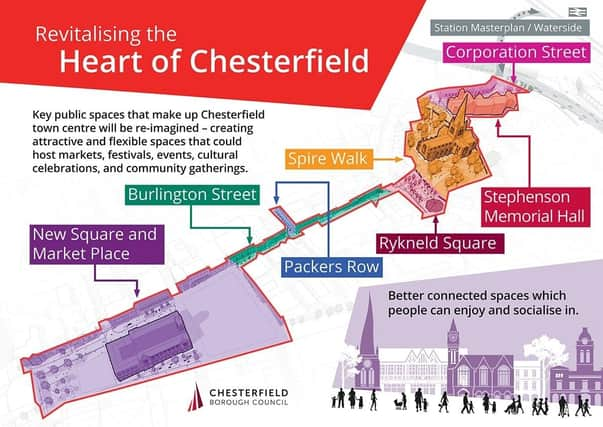Chesterfield Civic Society was invited to take part in a walkover of the town centre as part of a scheme to improve the ‘public realm’ between the railway station and the Market Place.
The project named ‘Revitalising the Heart of Chesterfield’ is to be funded by the Government as part of the ‘Levelling Up’ policy.
It aims to re-imagine town centre spaces that can be used for attractions like markets, festivals and cultural celebrations.
Upgrades will take place to help frame the iconic Crooked Spire as a key attraction and more greenery, new paving, seating, lighting and street furniture will be added.
Philip Riden, chairman of the civic society, said another problem for the town centre was private owners leaving their buildings empty.
He added: “Local authorities have very little control over what private owners do with their property, unless a building becomes a health hazard or a danger to public safety. If a private owner insists on seeking a rent which no prospective tenant can afford, rather than lowering the rent to the point at which a tenant will come forward, that is a matter for the owner, over which the council has no control. The refusal of some owners to offer lower rents appears to explain at least some of the voids in the town centre.”
The first stop for the walk around was Corporation Street, which will be remodelled as part of the redevelopment of the station approach.
Mr Riden said: “This will get rid of the hideous footbridge over the Inner Relief Road, universally acknowledged to have been a mistake. The Pomegranate is already closed for extensive modernisation but no-one has yet found a solution for Kilblean House, which continues to disfigure the same side of Corporation Street.”
Next the group spent time looking at Rykneld Square, which in its present form is less than thirty years old.
Mr Riden said it was generally agreed that the existing layout works badly.
He added: “Bus traffic on Church Way has created depressions in the road surface and the approach to the parish church, not least for weddings and funerals, is poor.
“The question of whether the existing information centre should be converted into an interpretation centre for the church, to encourage more visitors to spend longer there, was raised.
“It is certainly the case that more could be done to improve the presentation of the parish church as the only major surviving medieval building in the town. Whether the church has the resources (in terms of manpower as
well as money) to do much is another matter.”
From Rykneld Square they walked down Burlington Street and noted that the conversion of the upper floors of Burlington House into flats was in progress.
Mr Riden added: “All present agreed that demolition would be better long-term solution for this unloved relic of the early 1960s.”
The final stopping point was the Market Place.
The society has stressed the need to take account of the market traders’ views on the future layout of the Market Place.
Mr Riden said: “Markets evolve, and what seem like a good idea at the time may be a white elephant ten or twenty years later."
He added the overall picture of the town centre had deteriorated since the redevelopment scheme of the late 1970s.
He said: “All were agreed that the root of the present problem lies in the decline of town centre retailing – including the quality and variety of shops as well as the number of empty units – and that this affects virtually all towns, especially those in poorer parts of the country.
“This is no longer a new problem, nor is it one which a local authority can do a great deal to solve. The borough council now owns the freehold of the Pavements, opened in 1981, but is not otherwise a major landlord in the town centre, and has limited scope to encourage new businesses to open, for example, by offering rent-free periods or other concessions. Nor can local authorities offer rate rebates as they once could.
“None of this is going to be changed by public realm improvements. It may change if the economy picks up and with it demand for shops in Chesterfield, or (as is increasingly suggested) by a fundamental shift in land usage in town centre away from retailing to residential and leisure uses. It is perhaps most likely to come as a result of both factors, and possibly others which no-one has yet thought of.
“That said, it is always desirable to improve the appearance of any town centre and the walkover looked at various places where there is scope for this.”
He added: “We now await further proposals from the consultants as to how they envisage the ‘Heart of Chesterfield’ being ‘revitalised’, even if they cannot find a way to fill empty shops."
The multi-million pound project is a significant investment in the future of the town centre.
In November 2021, Chesterfield Borough Council secured almost £20 million from the Government’s Levelling Up Fund.
£11 million will go towards the remodelling and refurbishment of Chesterfield’s Stephenson Memorial Hall.
The remaining £8.9 million will be used to extend the planned regeneration of the town centre, with investment centred on key public spaces and the connections between them – including Burlington Street, Corporation Street, Rykneld Square, Spire Walk, Market Square, New Square and Packers Row.
It will complement work to regenerate Chesterfield Market and the Northern Gateway and – at the other side of town – will connect with plans to transform the area around Chesterfield Station.
Councillor Kate Sarvent, cabinet member for town centres and visitor economy, said: “Over the next two years, we will improve the look, feel and flow of key public areas – creating a more welcoming and attractive place, to help ensure the heart of our town thrives for generations to come.
“We’ve been having regular discussions with businesses, partners and market traders in the town centre, who have been helping develop and finalise our plans. We are currently in the process of sharing the latest designs with them for feedback and will share more information.
“We are still working through the phasing of works to minimise disruption in the town centre but we expect that work will begin on site in spring next year.”
The work will be carried out in phases – due to be complete by early 2025.
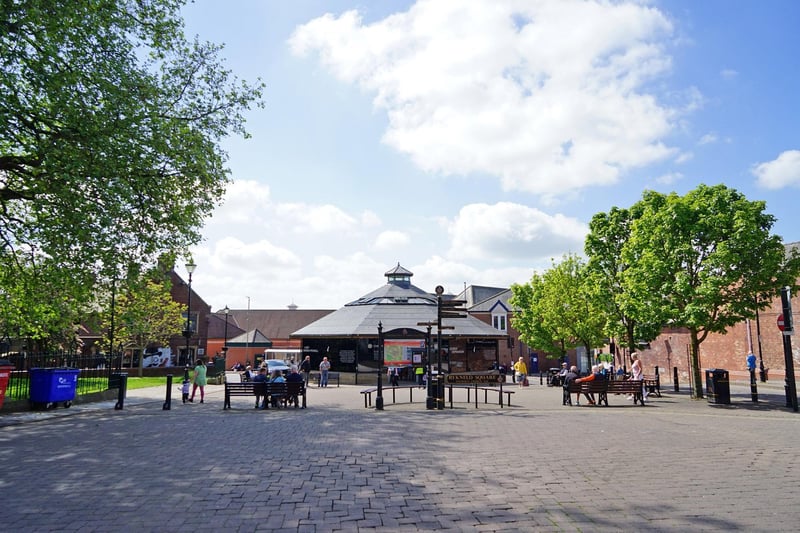
1. Rykneld Square
The plans aim to make better use of Rykneld Square as an open public space – to better connect the town centre and Crooked Spire and improve the feel and flow of this area. The square is currently an under-used and predominantly hard space, located immediately next to the Grade 1 listed Parish Church of St Mary and All Saints. The square has potential to create a much more welcoming arrival and viewing point for the town’s iconic church. Photo: Brian Eyre
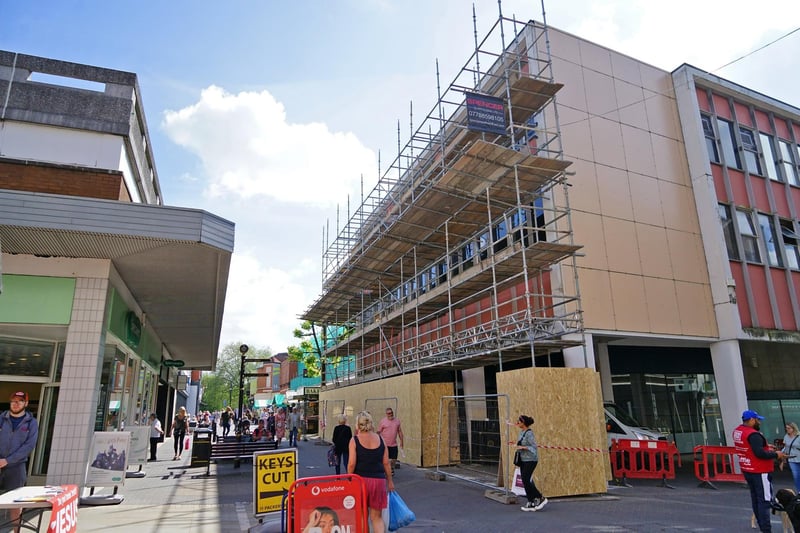
2. Burlington Street
Burlington Street will be connected to the rest of the town centre with new paving, tree planting and seating. Photo: Brian Eyre
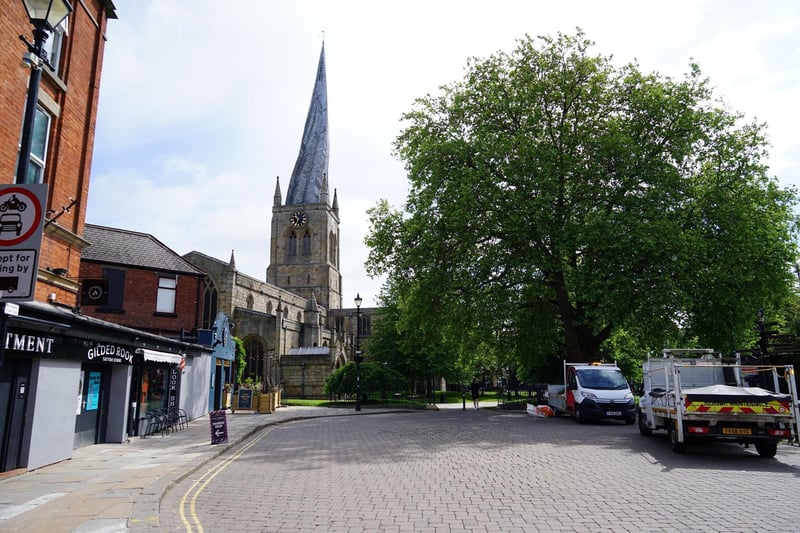
3. Spire Walk
The council will work in partnership with the Church of St Mary and All Saints to create a more welcoming and attractive space in which to enjoy our iconic Crooked Spire. Photo: Brian Eyre
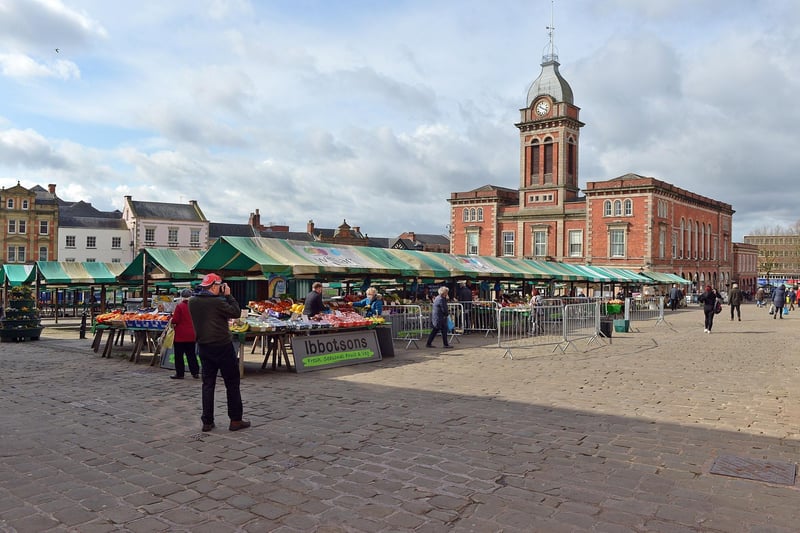
4. Market Place
The multi-million pound investment will revitalise Chesterfield’s historic market. The plans will create a modern, vibrant town centre experience with additional space alongside traditional markets to host outdoor events and speciality markets. Photo: Brian Eyre
